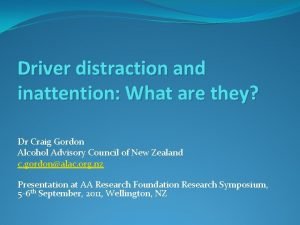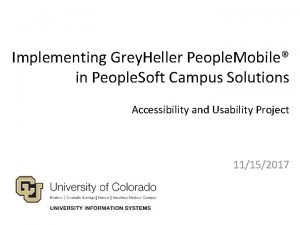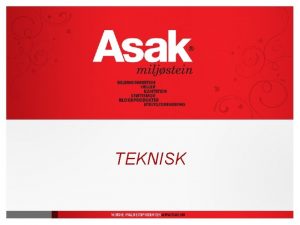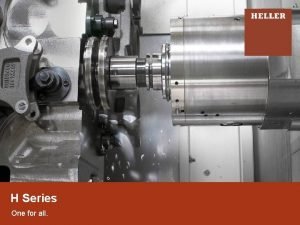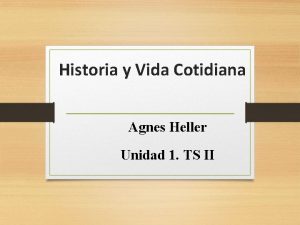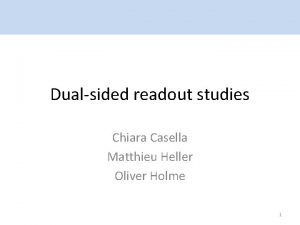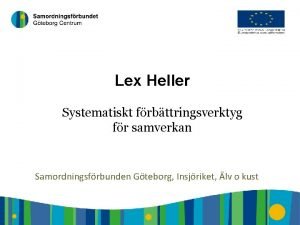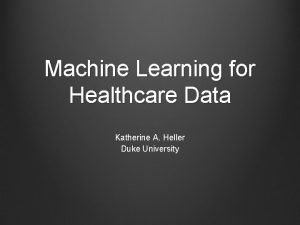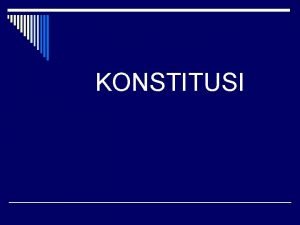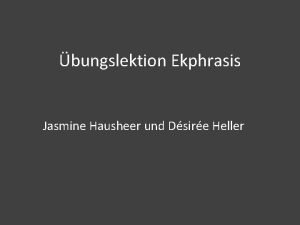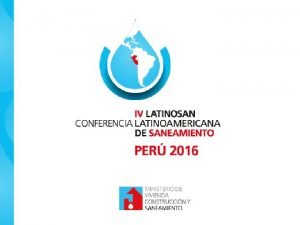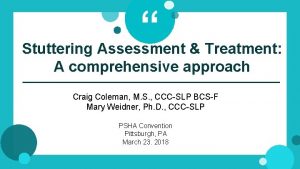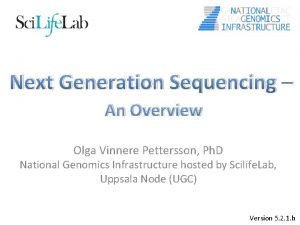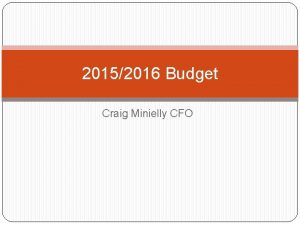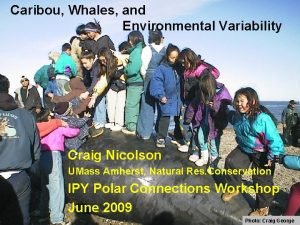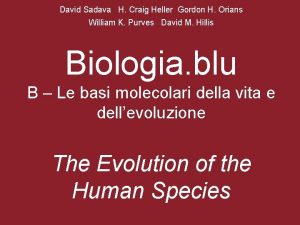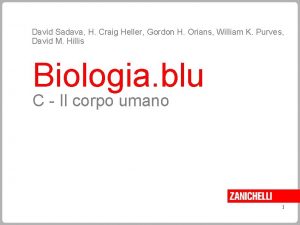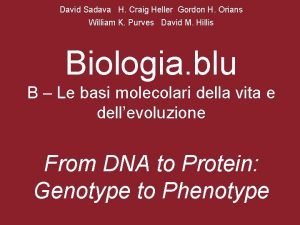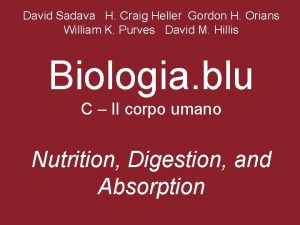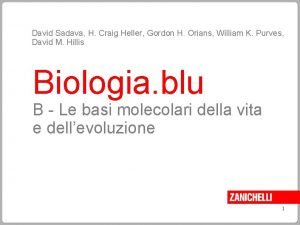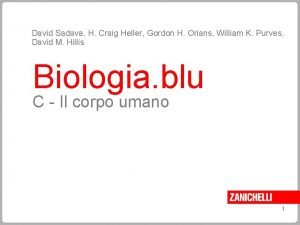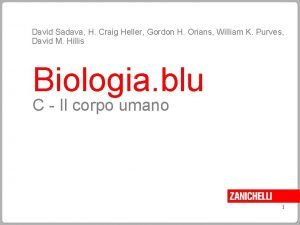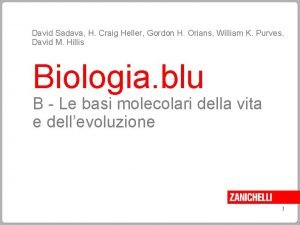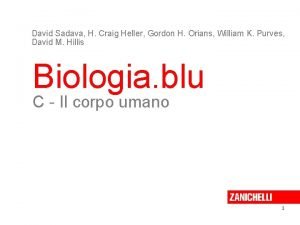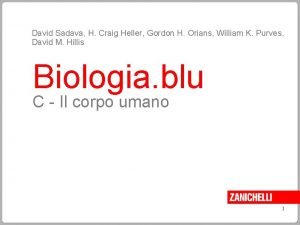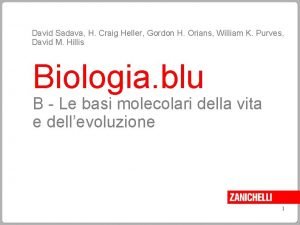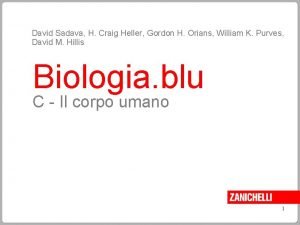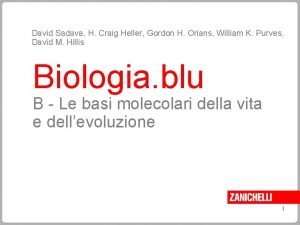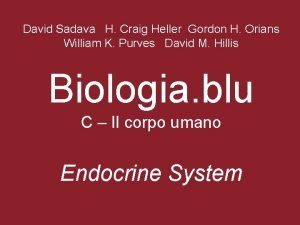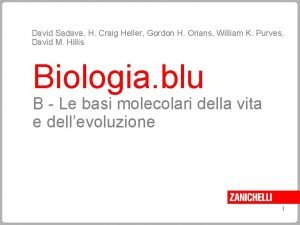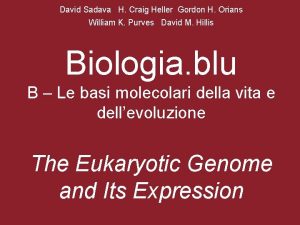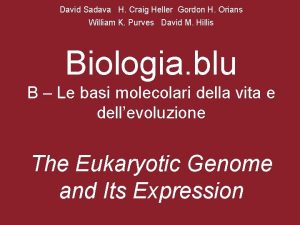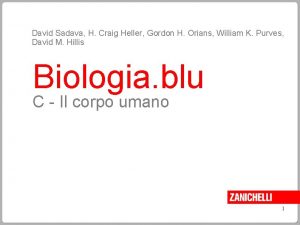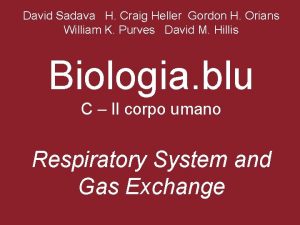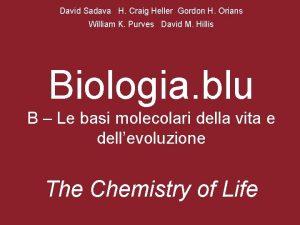David Sadava H Craig Heller Gordon H Orians



























- Slides: 27

David Sadava H. Craig Heller Gordon H. Orians William K. Purves David M. Hillis Biologia. blu C – Il corpo umano Respiratory System and Gas Exchange

Respiratory System and Gas Exchange • What physical factors govern respiratory gas exchange? • What adaptations maximize respiratory gas exchange? • How do human lungs work? • How is breathing regulated? • How does blood transport respiratory gases?

Respiratory System and Gas Exchange - What physical factors govern respiratory gas exchange? O 2 and CO 2 are respiratory gases exchanged by diffusion along their concentration gradients. Partial pressure is the concentration of a gas in a mixture. Barometric pressure: atmospheric pressure at sea level is 760 mm. Hg. Partial pressure of O 2 (PO 2) is 159 mm. Hg.

Respiratory System and Gas Exchange - What physical factors govern respiratory gas exchange? The vital capacity is the sum of the tidal volume, the inspiratory reserve volume, and the expiratory reserve volume. The residual volume is the air that cannot be expelled from the lungs. The total lung capacity is the sum of the vital capacity and the residual volume.

Respiratory System and Gas Exchange - What adaptation maximize respiratory gas exchange? Tidal breathing reduces PO 2 and does not permit countercurrent gas exchange. Two features offset the inefficiency of tidal breathing in mammals: • an enormous surface area; • a very short path length for diffusion.

Respiratory System and Gas Exchange - How do human lungs work? Air enters the human lung through the oral cavity or nasal passage via the trachea. The trachea branches into two bronchi, then into bronchioles, and then into alveoli—the sites of gas exchange.

Respiratory System and Gas Exchange - How do human lungs work? The human respiratory system (part 1)

Respiratory System and Gas Exchange - How do human lungs work? The human respiratory system (part 2)

Respiratory System and Gas Exchange - How do human lungs work? The human respiratory system (part 3)

Respiratory System and Gas Exchange - How do human lungs work? Human lungs are inside a right and left thoracic cavity. The diaphragm is a sheet of muscle at the bottom of the cavities. The pleural membrane lines each cavity and covers each lung, and encloses the pleural space.

Respiratory System and Gas Exchange - How do human lungs work? The pleural space contains fluid to help the membranes slide past each other during breathing. A negative pressure is created in the pleural space when the volume increases in the thoracic cavity. The slight negative pressure present in between breaths keeps the alveoli inflated.

Respiratory System and Gas Exchange - How do human lungs work? Inhalation begins when the diaphragm contracts. The diaphragm pulls down on the thoracic cavity and on the pleural membranes. The pleural membranes pull on the lungs, air enters through the trachea, and the lungs expand. Exhalation begins when the diaphragm stops contracting and relaxes. The elastic lung tissues pull the diaphragm back up and push air out of the airways.

Respiratory System and Gas Exchange - How do human lungs work? The intercostal muscles, located between the ribs, can also change the volume of the thoracic cavity. The external intercostal muscles lift the ribs up and outward, expanding the cavity. The internal intercostal muscles decrease the volume by pulling the ribs down and inward.

Respiratory System and Gas Exchange - How do human lungs work? Into the lungs and out again

Respiratory System and Gas Exchange - How is breathing regulated? Breathing is controlled in the medulla, in the brain stem. In humans and mammals, the breathing rate is more sensitive to changes in PCO 2 than to PO 2. The PCO 2 of blood is the primary metabolic feedback for breathing.

Respiratory System and Gas Exchange - How is breathing regulated? Breathing is generated in the brain stem

Respiratory System and Gas Exchange - How does blood transport respiratory gases? Respiratory gases are transported in the blood. Blood contains molecules that bind reversibly to O 2, depending on its partial pressure. O 2 is picked up where its partial pressure is high and is released where the partial pressure is lower.

Respiratory System and Gas Exchange - How does blood transport respiratory gases? Hemoglobin is a protein with four polypeptide subunits. Each polypeptide surrounds a heme group that can bind a molecule of O 2. One molecule of hemoglobin can bind up to four molecules of O 2.

Respiratory System and Gas Exchange - How does blood transport respiratory gases? Hemoglobin will pick up or release O 2 depending on the PO 2 of the environment. If PO 2 of the plasma is high, as in the lungs, hemoglobin will pick up its maximum of four O 2 molecules. As blood circulates through tissues with lower PO 2, hemoglobin will release some O 2.

Respiratory System and Gas Exchange - How does blood transport respiratory gases? The relationship between PO 2 and the O 2 that binds is S-shaped. Low PO 2: one subunit binds O 2. Positive cooperativity: one subunit binds and changes shape, making it easier for the next one to bind—the affinity for O 2 is increased. When three subunits are bound, a larger increase in PO 2 is needed.

Respiratory System and Gas Exchange - How does blood transport respiratory gases? Myoglobin is a single polypeptide molecule in muscles and can bind one molecule of O 2. • It has a higher affinity for O 2, binds it at low PO 2 values when hemoglobin molecules would release their O 2. • It provides a reserve for high metabolic demand for O 2.

Respiratory System and Gas Exchange - How does blood transport respiratory gases? Oxygen-binding adaptation

Respiratory System and Gas Exchange - How does blood transport respiratory gases? The affinity of hemoglobin for O 2 varies. Three factors are: • hemoglobin composition; • p. H - blood circulating through active tissues has a lower p. H and H+ ions bind to the hemoglobin molecule in place of O 2; • 2, 3 -bisphoglyceric acid - also lowers the affinity for O 2.

Respiratory System and Gas Exchange - How does blood transport respiratory gases? CO 2 is transported away from the tissues after diffusing into the blood. In the blood plasma, CO 2 is slowly converted into bicarbonate ions (HCO 3–). In endothelial cells and red blood cells carbonic anhydrase speeds up the conversion.

Respiratory System and Gas Exchange - How does blood transport respiratory gases? The conversion keeps PCO 2 low and facilitates diffusion away from the tissues. Some CO 2 binds to hemoglobin molecules. In the lungs the conversion reaction is reversed: CO 2 diffuses from the blood into the alveoli and is exhaled.

Respiratory System and Gas Exchange - How does blood transport respiratory gases? CO 2 is transported as HCO 3 - ions (part 1)

Respiratory System and Gas Exchange - How does blood transport respiratory gases? CO 2 is transported as HCO 3 - ions (part 2)
 H craig heller
H craig heller Craig heller
Craig heller Edward gordon craig hamlet
Edward gordon craig hamlet Dr craig gordon
Dr craig gordon Mackenzie jean rowling murray
Mackenzie jean rowling murray David gordon absolute headhunters
David gordon absolute headhunters Grey heller mobile
Grey heller mobile Underlag til heller
Underlag til heller Heller h 4000
Heller h 4000 Heller zsolt
Heller zsolt Annette heller
Annette heller Agnes heller vida cotidiana
Agnes heller vida cotidiana Nature vs nurture examples
Nature vs nurture examples Matthieu heller
Matthieu heller Lex rogata
Lex rogata Katherine heller duke
Katherine heller duke Verfassunglehre
Verfassunglehre Desiree heller
Desiree heller Heller fundraising group
Heller fundraising group Léo heller
Léo heller Anterior fundoplication
Anterior fundoplication Craig coleman stuttering
Craig coleman stuttering Next generation sequencing methods
Next generation sequencing methods Craig minielly
Craig minielly Craig nicolson
Craig nicolson Craig gawlick
Craig gawlick Paul craig thompson
Paul craig thompson Craig iwata
Craig iwata



